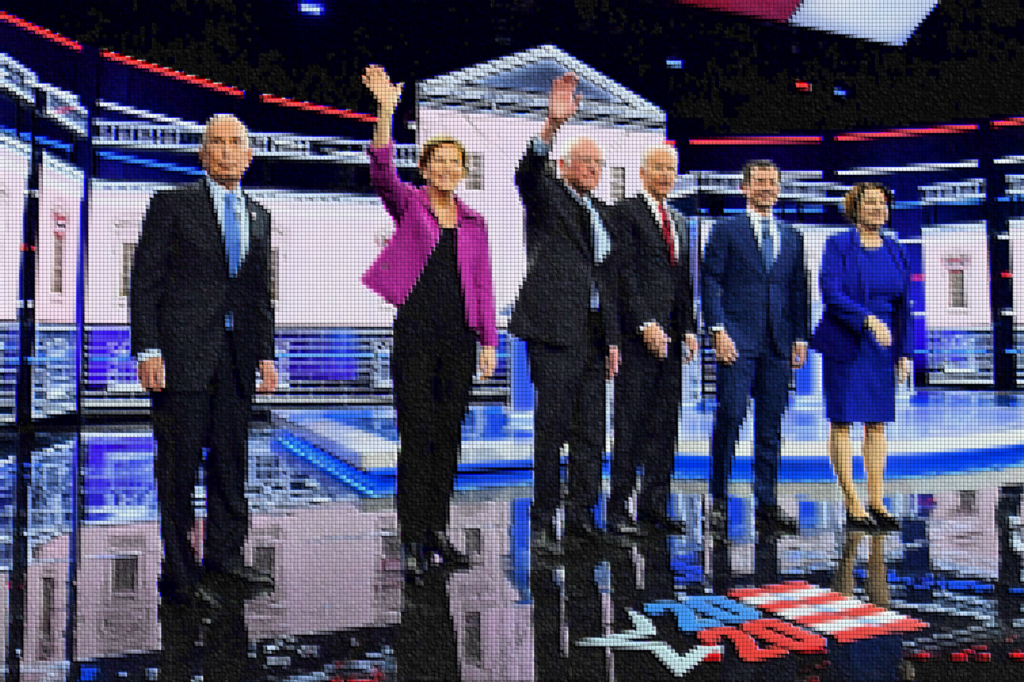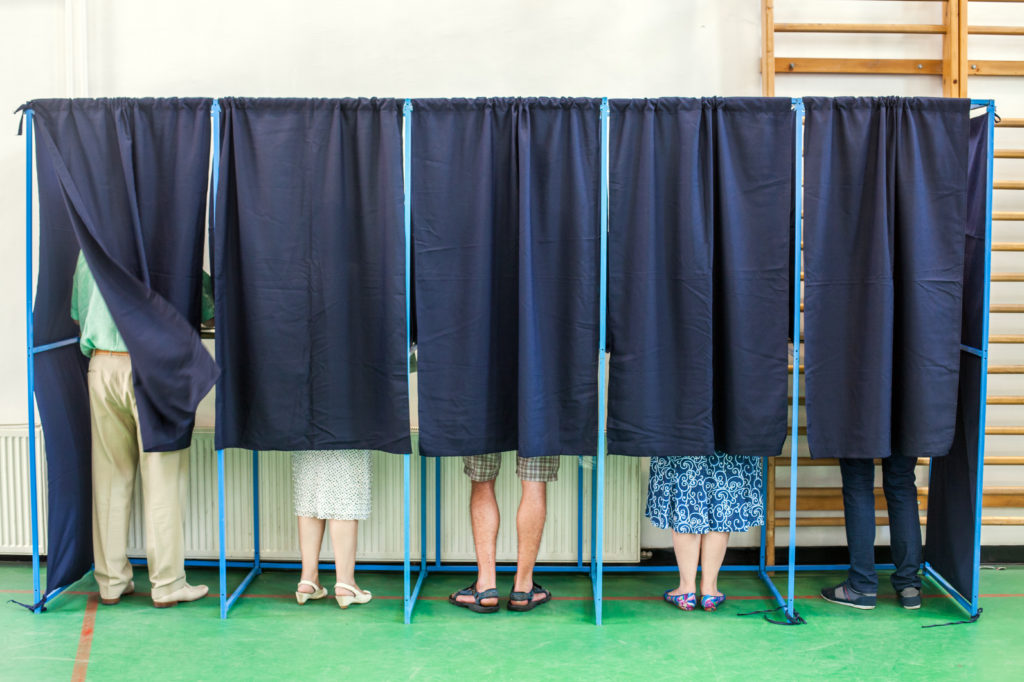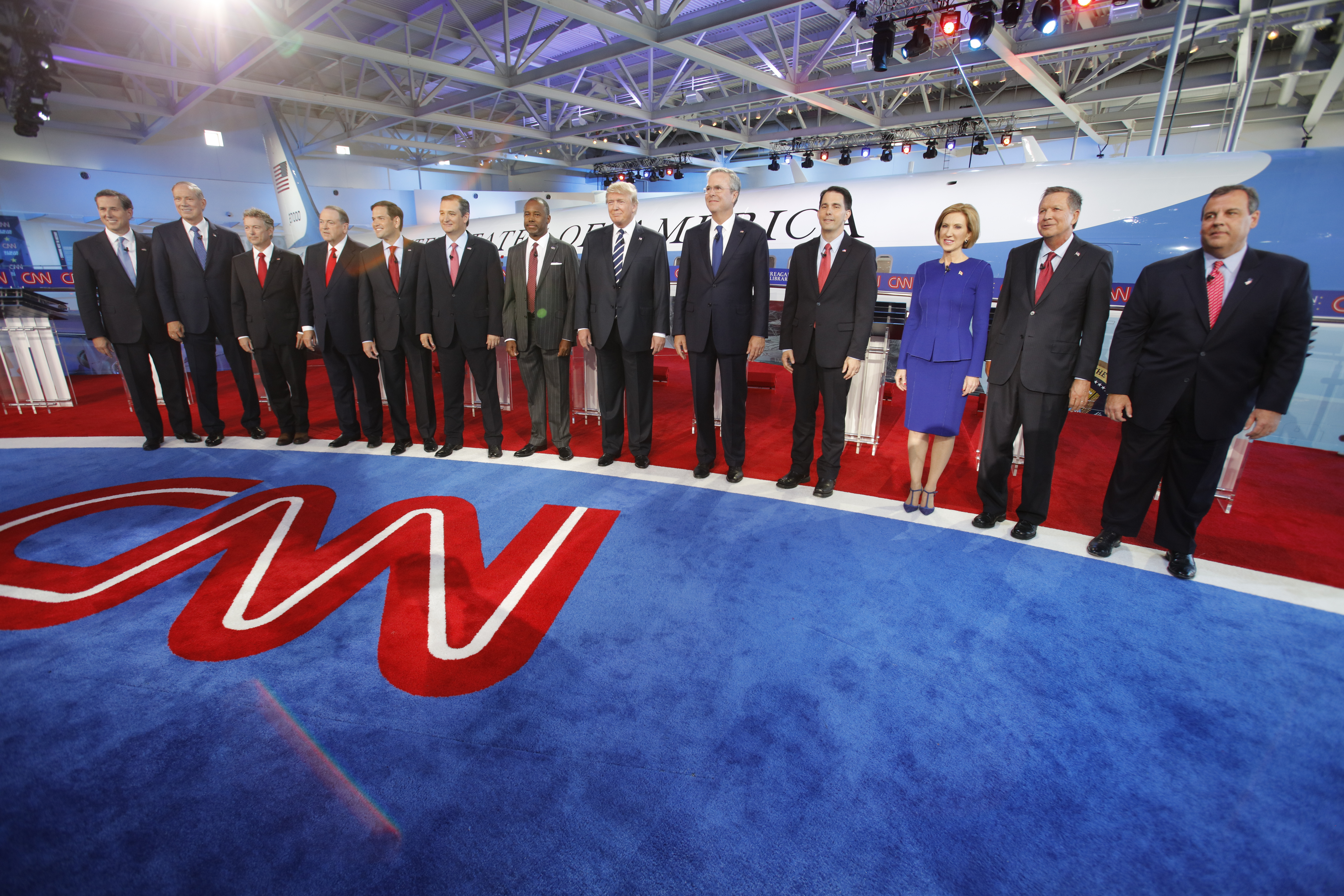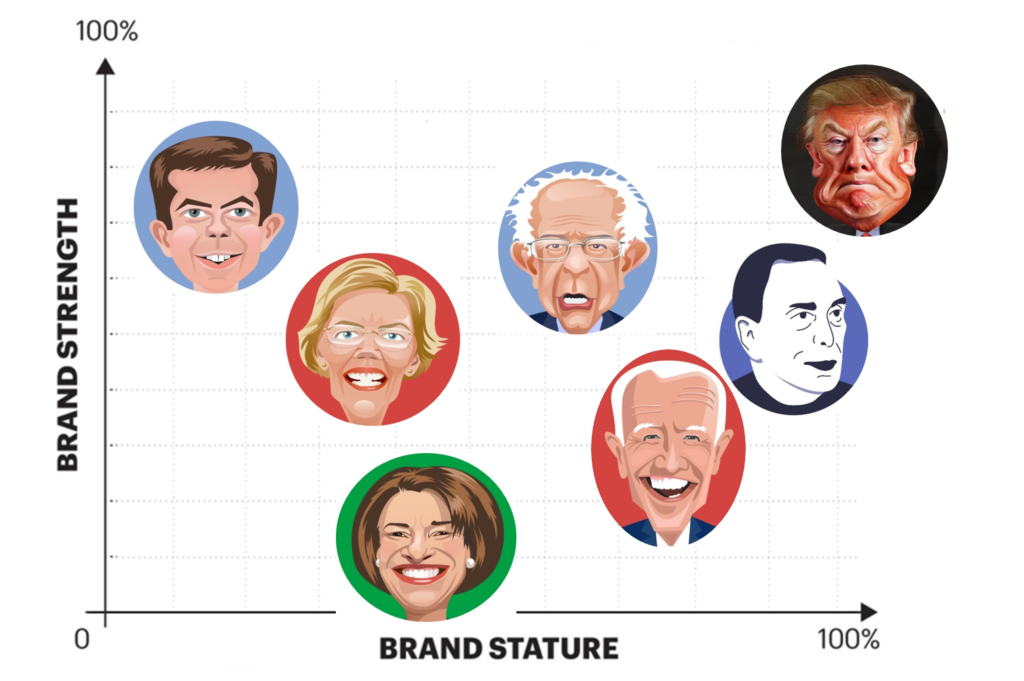
As readers of this blog know, I watch my fair share of cable news, read several newspapers and publications, and listen to quite a bit of public radio news/talk stations. When the New York Times publishes its “News Quiz” each week, I typically get most or all of them right. I watch the polls, I listen to the pundits, I even read the Mueller report.
But ask me who’s going to win the Democratic nomination, and the fall Presidential election, and I’ll be the first to tell you I’m clueless. I can talk about the various candidates – their positions, their performance in the last debate, and all the metrics being generated, including fund raising and exit/entrance polls.
And I still can’t handicap what will happen.
That puts me in good company. Because the more I watch the experts argue the pros and cons of pretty much everything, I’ve reached the conclusion none of them knows what’s going to happen either. Somehow, with all the polling data being generated, the actual vote totals frequently defy surveys that were taken the previous week – or even what they toll pollsters when leaving the voting booth.
That’s because what voters say and what they do are often two very different things.

If you’re in a PPM market, you know exactly what I’m saying. When the only “currency” was the paper diary where respondents (often) filled them in at the end of the day (or the week), factors like unaided recall, perceptions, and ad recall were of paramount importance. If diarykeepers knew who you were and where you lived (your frequency), liked you, and remembered what you do, you probably came out pretty good in the ratings. They probably wrote you down.
PPM changed all that. Perceptual studies still measure…perceptions. But they don’t reflect behavior – what people do instinctively or when no one’s looking. This makes the PPM game more precarious and more challenging to measure. The audience may know about a station or a personality, but whether they’re compelled to actually listen is the great unknown.
I’ve been thinking about this since radio broadcaster and owner, Barry Drake, sent me a Fortune story last month penned by Geoff Colvin. “Understanding the 2020 election as brand marketing” is a fascinating look at what’s driving the vote.
And in politics as in radio, brand equity and brand marketing are becoming critical factors in determining how consumers think – and what they actually end up doing in the primaries, and in November.
Colvin explains one of the few analyses that actually nailed the result of the 2016 is in play again this year. And its analogies to radio are worth nothing.
It revolves around not seeing the candidates as people or even issues but as consumer brands and how they’re marketed. It explains why the Democratic contenders can argue about health care for an hour, but little of it truly resonates with voters.
And Colvin points out that when we look at the various candidates – especially on the highly contentious Democratic side – you can see how brand strength can become the factor that separates the candidates. Then you add in the President to the mix, and the dynamic changes.
That’s partly why we see these face-offs between Trump….and Sanders, Biden, Warren, etc., and it doesn’t matter. Remember than when that perceptual question was asked four years ago, Hillary always came out on top – sometime by wide margins.
So what explains the difference between perceptions…and reality?
Trump’s simplicity with words and slogans (“Make America Great Again”) clearly provided brand clarity over Hillary Clinton (“Better Together,” “I’m With Her”). And heading into the November contest, Colvin once again pegs Trump with great brand strength and brand stature – even when the so-called “approval” polls don’t run his way.
Going into 2016, he had the advantage of massive name recognition, based on his history in the public eye and his popular reality TV show. That knowledge of the Trump brand worked for him in four years ago. Even on a stage with 17 other candidates (yes, that’s Jeb Bush on Trump’s left) in the photo below), candidate Trump carried more brand stature and brand strength. He may have been a political amateur, but that is a big part of the reason he stood apart from these other Presidential wannabes.

And since that time, he has engineered his time and attention in every day’s news cycle, almost always dominating the day’s storyline. When you’re Pete Buttigieg or Amy Klobuchar, brand stature matters to an electorate that often cares as much as politics as they do which radio station is on in the background at work.
In the story, Colvin plots both brand stature and brand strength on the graph below. I have modified his version, reflecting what’s been going on (and who’s dropped out since his story was published last month).

You may not agree with my placement of the various candidates. But when you look at their unique strengths, their ability to stand out, and their profiles, it becomes an interesting exercise to plot them on this chart.
Now, try this out with every station in your cluster – and in your market. You and your team might learn a lot about your station(s) as well as the ones you compete against. Yesterday in our NASCAR blog post, we looked at the “Grid of Pain” – that cume by TSL chart that uses ratings numbers supplied by Nielsen. But none of that speaks to the true power and strength of these brands.
Brand Strength/Stature utilizes these more subjective attributes in ways that may help explain why a handful of stations seem to have more frequent success – either in ratings, revenue, or both.
When you look at how well certain radio brands (including AM stations) have withstood the equivalent of the 10 plagues, and yet still are among the biggest billers in their markets speaks to this notion of brand stature. These stations defy logic – their audience ratings are typically awful, but they still command solid rates and respect when it comes to advertisers parting with their money. We see it in politics – and we see it in radio.
Understanding the true value of our radio stations goes well beyond Nielsen ratings, perceptual research studies, and determining whether the library is burned. Brand strength and brand stature can be good guides for helping to determine whether to market, as well as what to market. It’s an important dimension that truly prescient observers – programmers, sales managers, group executives, and yes, researchers and consultants ought to  understand. In many ways, it’s their superpower – the ability to build strong, relevant brands that resonate with audiences in meaningful ways.
understand. In many ways, it’s their superpower – the ability to build strong, relevant brands that resonate with audiences in meaningful ways.
As analysts and researchers will tell you, there’s virtually no skill involved in reading a ranker or drawing a line at at an arbitrary value on a spreadsheet, and declaring a good brand from a mediocre one. Plus, when a half dozen radio stations in market after market have the same .5 average rating, what truly separates one brand from another?
While it is not one of the axes on this chart, there’s something to be said about relevance – whether we’re talking about Donald Trump, Joe Biden, or Pete Buttigieg on the one hand – or a handful of local radio stations on the other.
Ultimately, you have to be better in the long haul than your playlist, your direct mail piece, and your national contest. Those machinations and manipulations will perhaps buy you a decent month or a meter or two, but little more.
When we look at radio brands that succeed with listeners, advertisers, and in their communities, brand strength, stature, and yes, relevance may be truer measures of lasting impact and success. It’s easy to dream up tactics that will cause a cume spurt or drive TSL. But what about the moves, activities, and pure programming that will drive a brand’s relevance to the audience?
Whether it’s coaching football teams, running political campaigns, or programming radio stations, there are vast differences between the mechanics and the craftspeople, the farmers and the swashbucklers. We’re seeing that play out on the political stage with each passing week, and it’s part of the storyline that explains what happening in your radio market, and why things so often shake out the way they do.
Jay Leno once said, “Politics is just show business for ugly people.”
Or was he talking about radio?
- What To Do If Your Radio Station Goes Through A Midlife Crisis - April 25, 2025
- A 2020 Lesson?It Could All Be Gone In A Flash - April 24, 2025
- How AI Can Give Radio Personalities More…PERSONALITY - April 23, 2025




It’s all about the brand, isn’t it Fred? I remember moving back to Pittsburgh in 1985 and talking to a neighbor. He asked where I worked and I proudly told him. Our station “brand” was helped by our TV station. He looked at me and said “that’s not MY station. Mine’s KDKA”. I was almost dejected. ‘KD had worked hard to insure its place in radio history in Pittsburgh and has maintained its brand presence even up to now by bolstering its morning show. Radio could do a better job of branding not only the broadcast medium but the individual station “brands”. What grade would you give our industry on that? And yeah, love him or hate him you certainly know about Donald-and many of the other contenders. But ask your audience, how many radio stations can you name in your town?